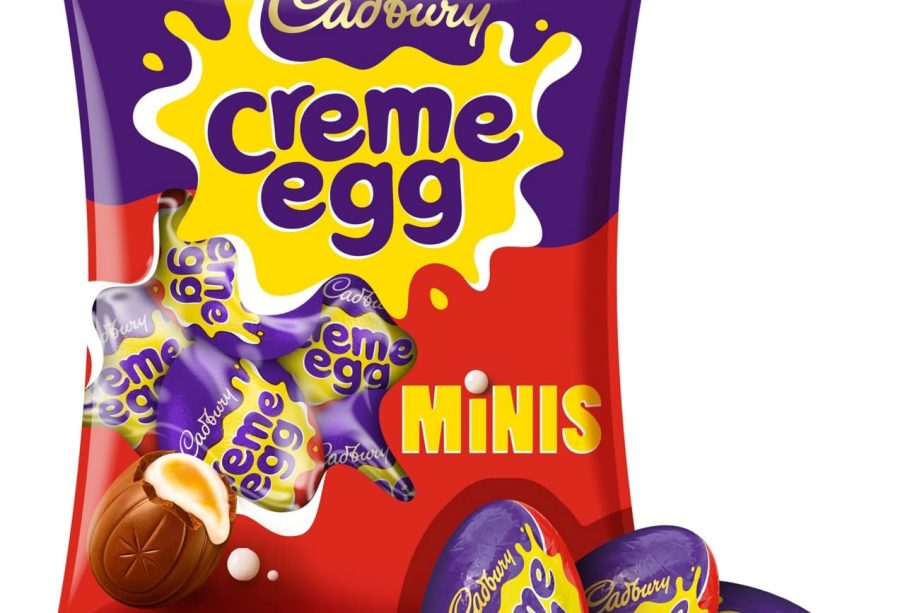The Enduring Appeal of the Cadbury Creme Egg

Introduction
The Cadbury Creme Egg, a staple of British confectionery, continues to capture the hearts and taste buds of millions every Easter. Known for its rich chocolate shell and gooey fondant centre, this chocolate treat has become a cultural icon since its debut in 1963. Its significance extends beyond a simple seasonal indulgence, prompting discussions about seasonal marketing and consumer behaviour.
Cadbury Creme Egg’s Popularity and Sales
With Easter just around the corner, the Cadbury Creme Egg is once again gracing supermarket shelves across the UK. Recent sales figures suggest the treat remains fiercely popular, with reports indicating that approximately 200 million eggs are sold each year. This staggering number reflects the snack’s ability to withstand changing consumer preferences while maintaining a loyal fan base. Cadbury has adeptly marketed the Creme Egg through clever advertising campaigns, and limited-time flavours, enhancing its addictive allure.
Controversies and Innovations
However, the Cadbury Creme Egg has faced its share of controversies, especially surrounding product formulation and the brand’s upcoming changes. In recent years, Cadbury announced that it would be altering some of its ingredients and production methods, stirring debates among fans who are concerned about the potential decline in quality. Additionally, some culinary innovations, including the introduction of different flavours and textures, have been met with mixed reactions from consumers.
Conclusion
As we approach Easter 2024, the Cadbury Creme Egg’s significance remains undeniable. Its blend of nostalgia, innovative marketing, and adaptation amidst changing tastes showcases a strong relationship with its audience. While potential ingredient changes may generate concern, if Cadbury continues to honour the beloved original while cautiously experimenting, it suggests an exciting future for this iconic sweet treat. The Cadbury Creme Egg is more than just a confectionery item; it represents an integral part of British culture that embraces both nostalgia and evolution.







